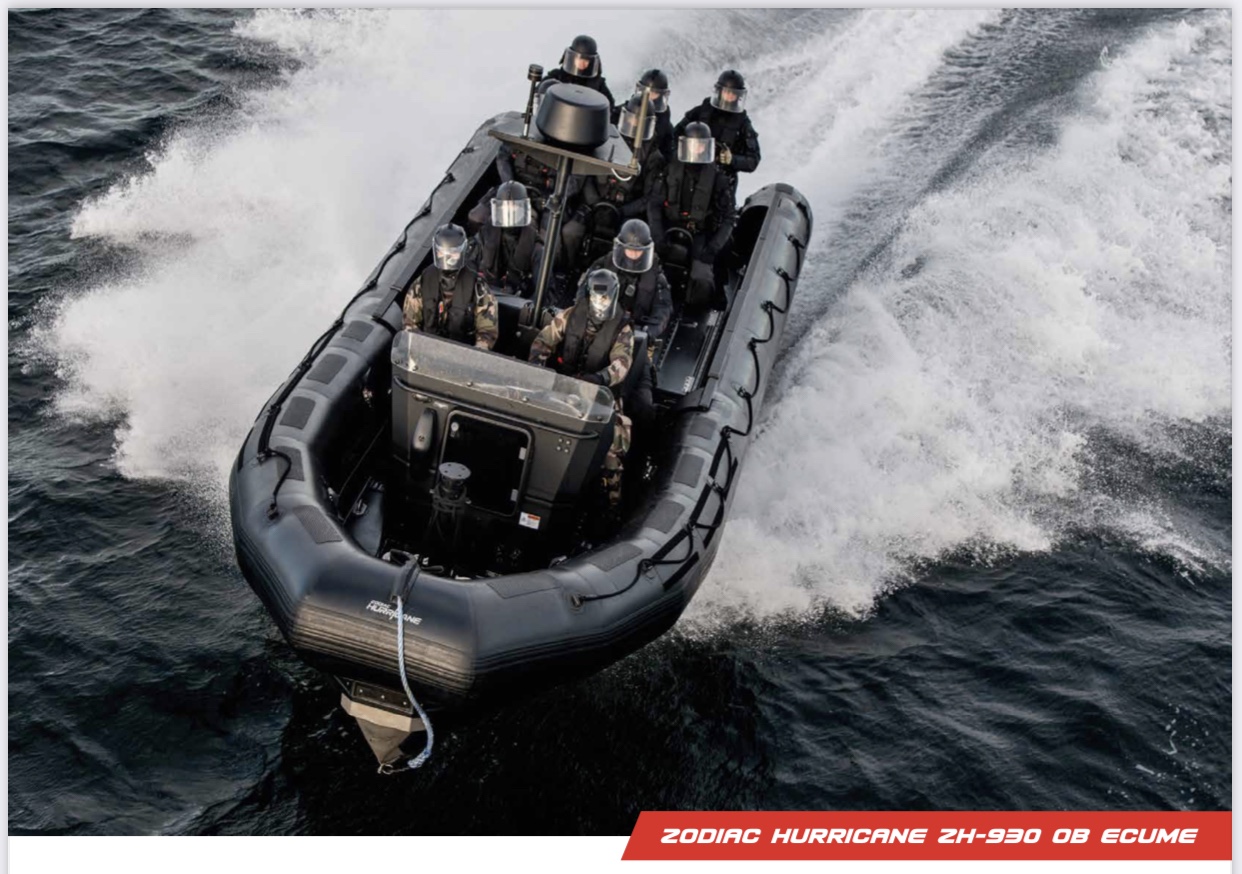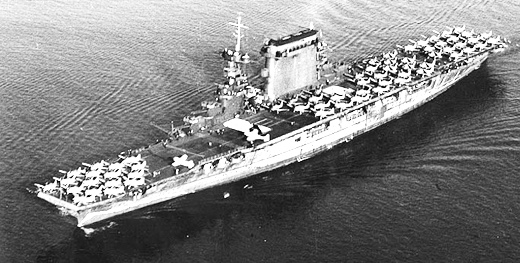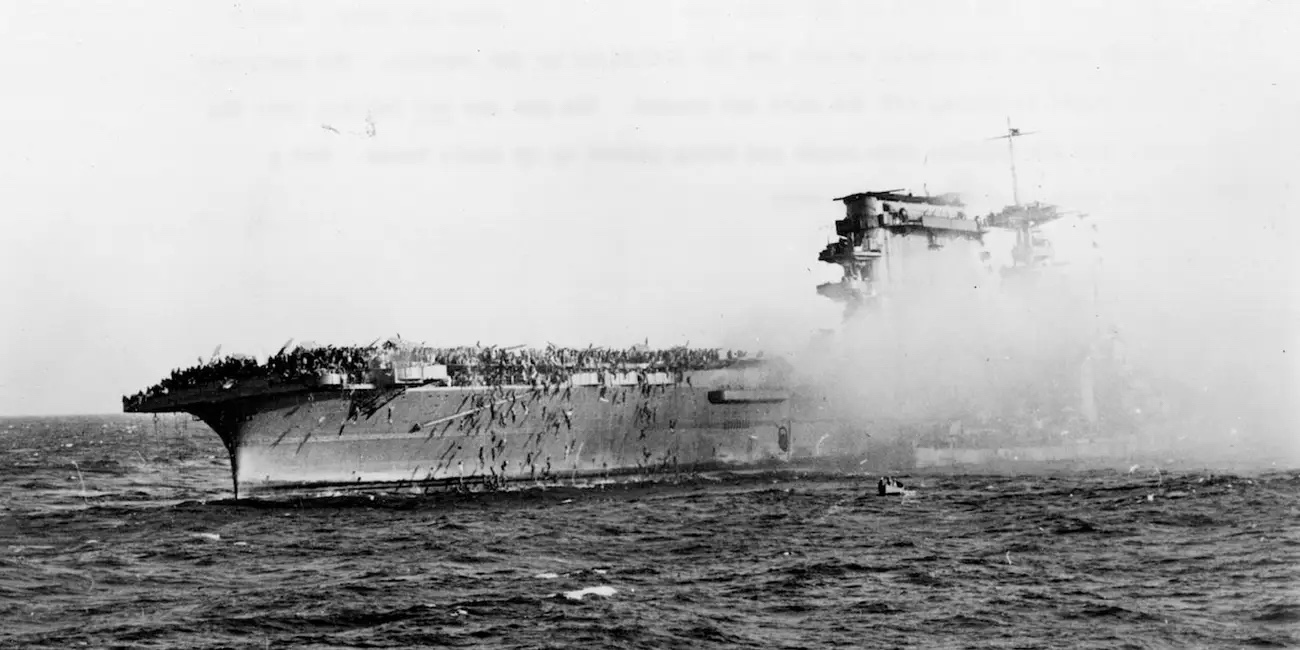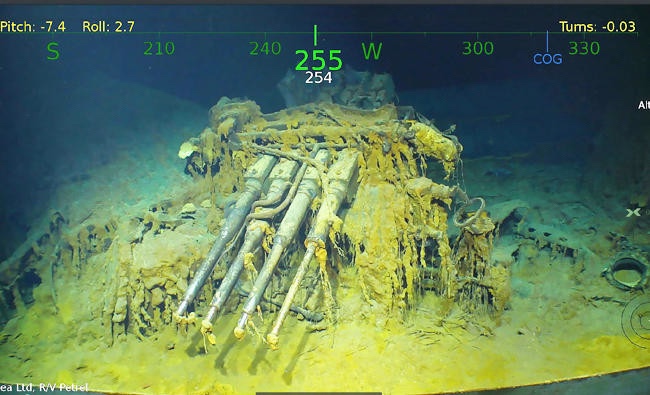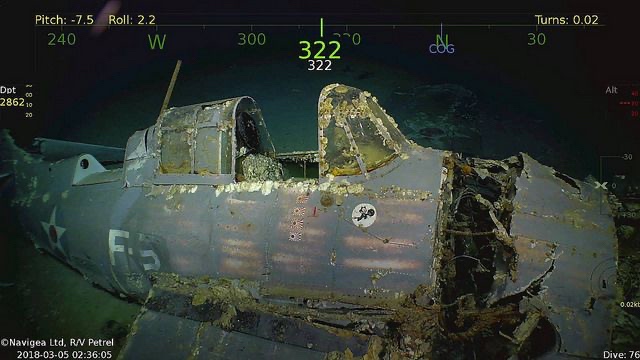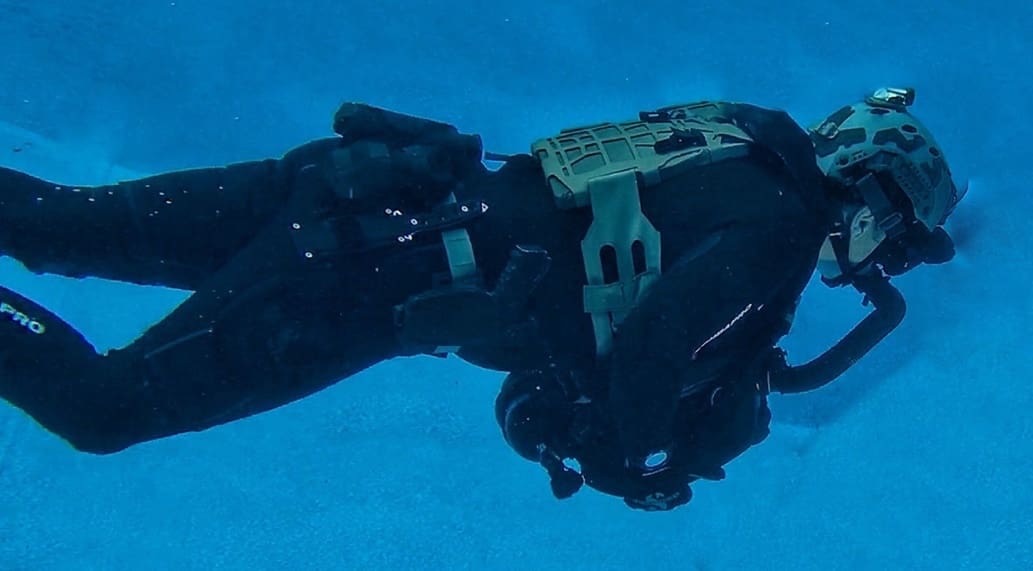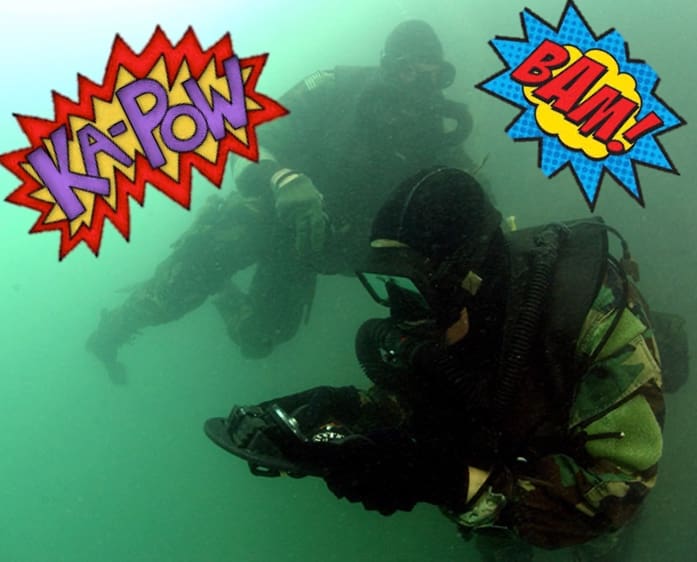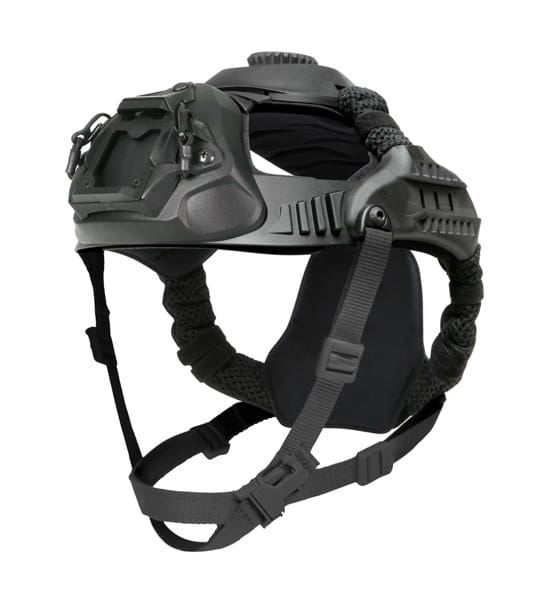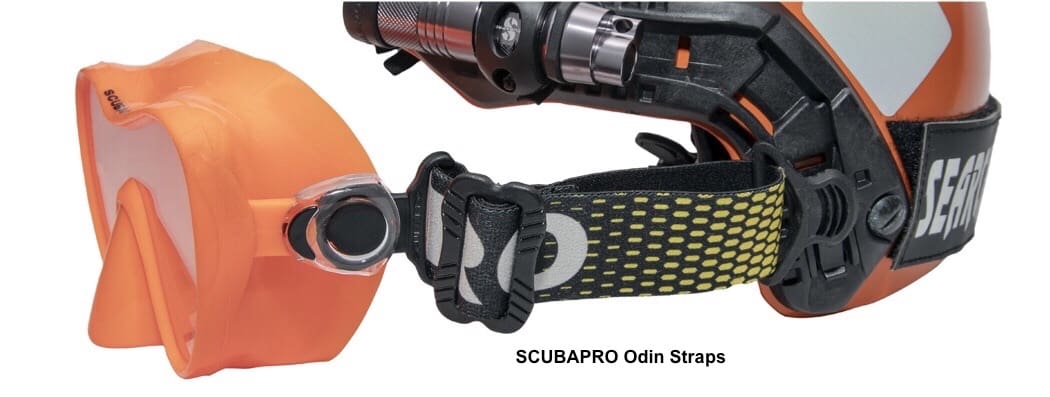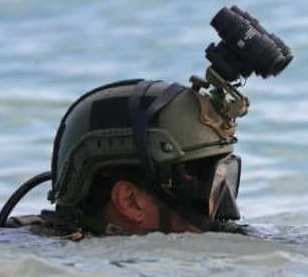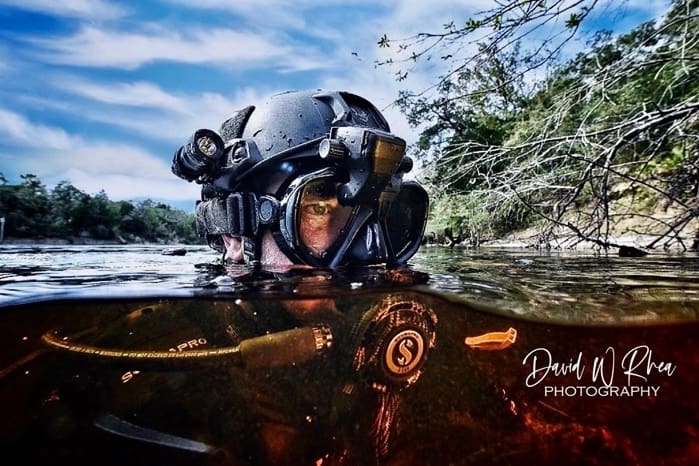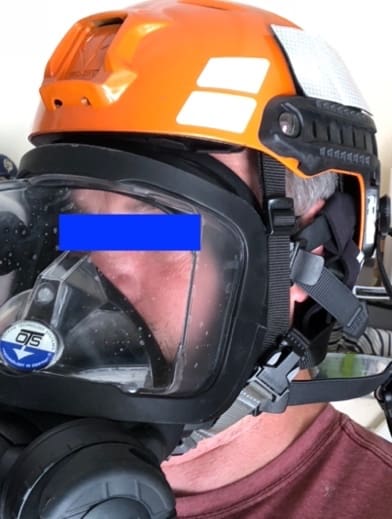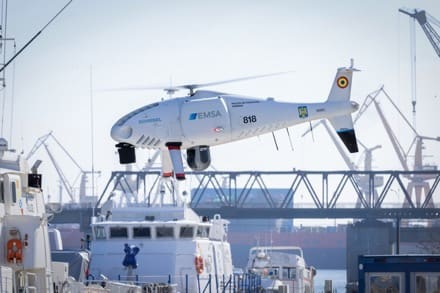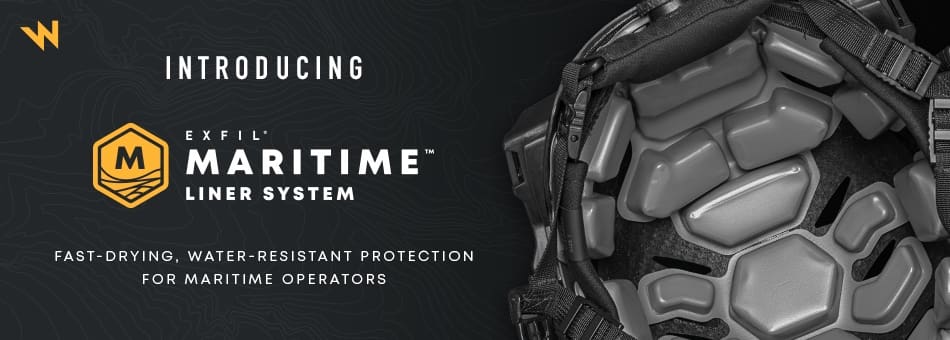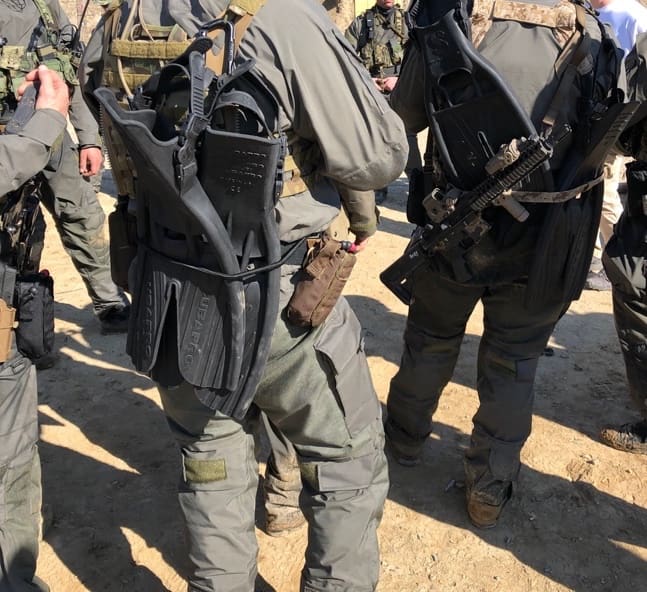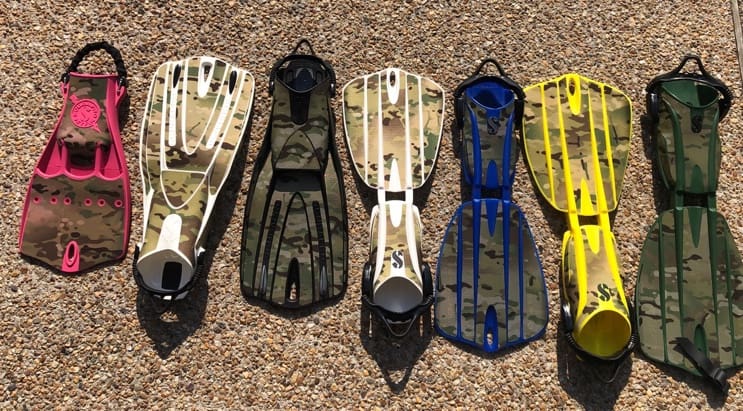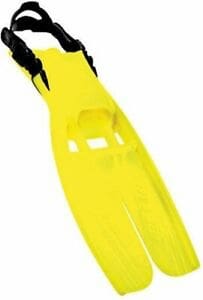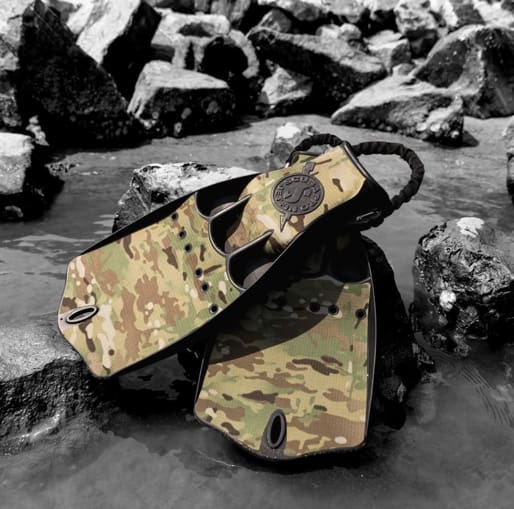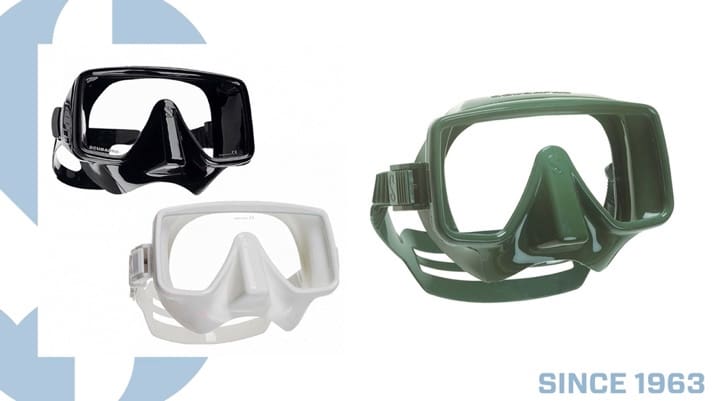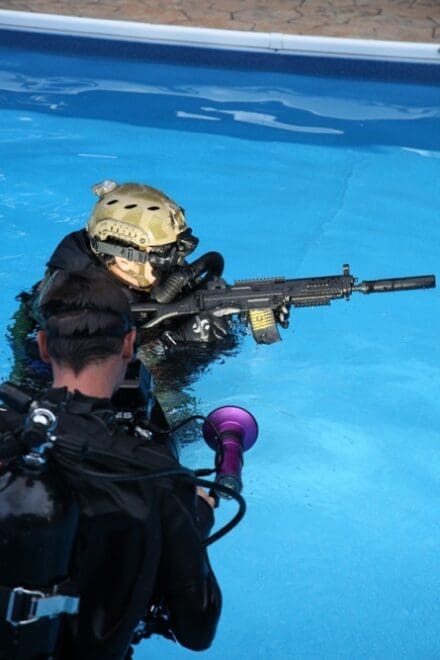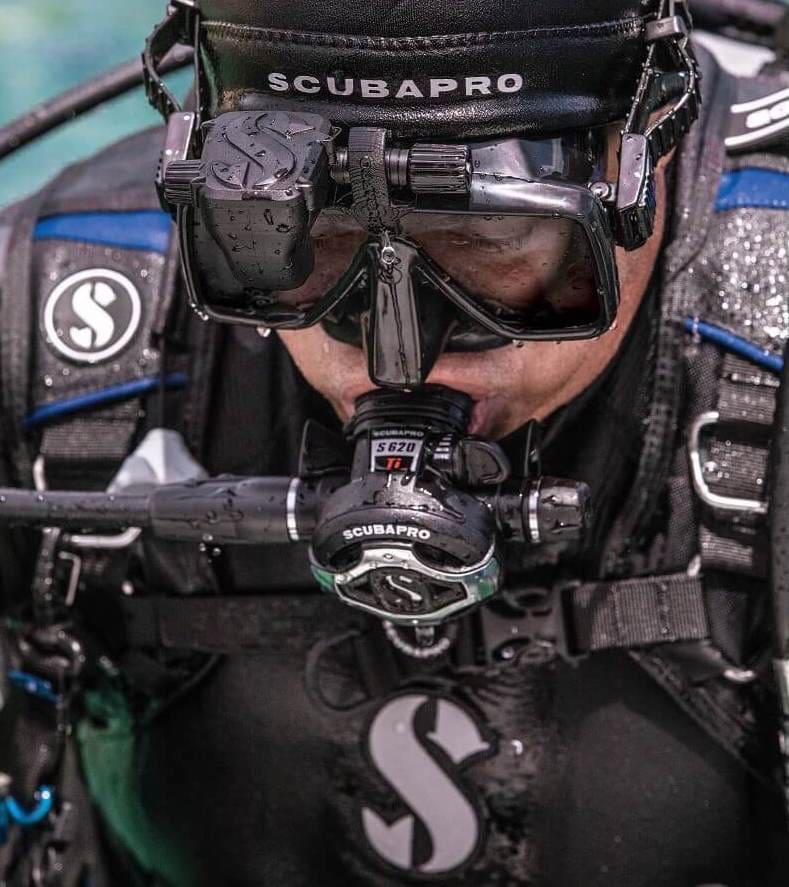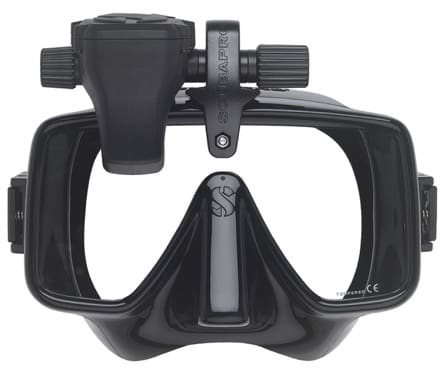The Battle of Hampton Roads took place in March 1862 in Virginia during the American Civil War. The battle is considered historically significant, although it did not yield a definitive outcome, as it was the first time that ironclad warships met head-to-head. This battle effectively made all wooden naval ships obsolete, especially those of Great Britain and France, and forced them to shift towards an all-ironclad fleet.

President Lincoln ordered a blockade in the spring of 1861, shortly after the war outbreak, of the ports of those states that had declared their secession from the Union. By the end of April, the blockade had been extended to the anchorage near the Chesapeake Bay at Hampton Roads in Virginia. This was of great strategic significance because it marked the Nansemond and Elizabeth Rivers’ confluence with the James River. Due to their base at Norfolk and the Portsmouth navy yard, Confederate forces occupied the south side of the river.
To protect the navy yard, the Confederacy installed two batteries at Craney Island and Sewell’s Point. However, Fort Monroe, and thus the closest part of the Virginia Peninsula, remained in the Union’s hands. The Confederate forces were almost entirely stopped from traveling between Richmond and Norfolk and the ocean until the blockade began to be enforced. The siege was strengthened by the strong ships of the Union, strategically put beyond the range of the Confederate batteries but under the protection of those of the Union. This standstill when on for almost a year
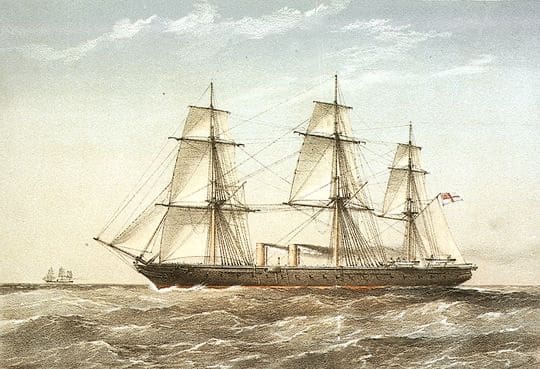
The US was far behind other countries when it came to updating their Navy. Several ironclads were built during the Crimean War, primarily designed to fight forts. In 1859 the French made an “ironclad frigate” called La Gloire. It was 250 feet long, carried 38 cannons, was covered in over 4 inches of iron, and could travel 12 knots. To keep up with France, Britain built the HMS Warrior (picture above) in 1860, the largest Ironclad. By 1862 Britain and France had 16 ironclads completed or under construction, and Austria, Italy, Russia, and Spain were building them. It was generally recognized that ironclad warships would be the future of naval warfare.
While France and Britain already had ironclad warships, the United States Navy was unconvinced of the armored ships’ value. Therefore, the Confederacy was the first to begin construction on their Ironclad (CSS Virginia). It was not designed from scratch, which would have taken almost a year because of the need to operate quickly, but instead made up from the ruined hull of the sunken USS Merrimack. The ship’s bow was mounted with an iron ram, while it was armed with ten guns. Two-inch thick armor plates, an improvement from the initial one-inch specification, were introduced. Called CSS Virginia, in February 1862, the vessel was eventually commissioned.
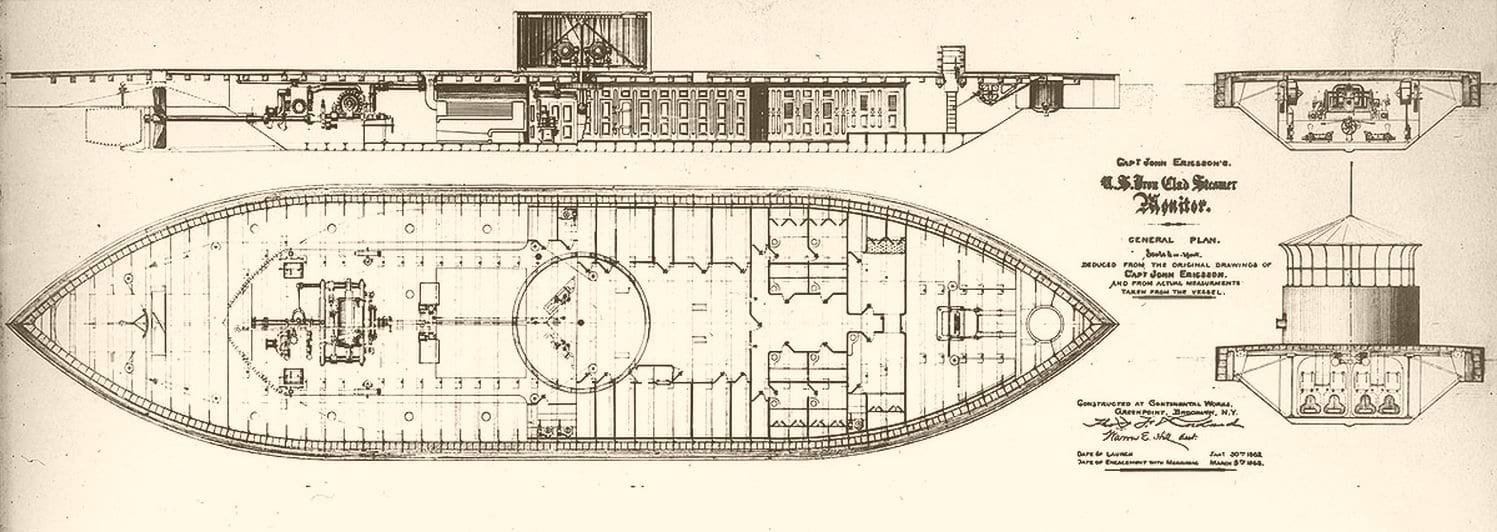
Meanwhile, the Union command had received news that the Confederacy wanted to build an ironclad ship. This caused serious concern, and the Union’s Ironclad’s construction, the USS Monitor, was approved by Congress. The most noteworthy feature of this vessel was that it had only two large-caliber guns, mounted in a large cylindrical turret that could rotate thanks to a steam engine’s control. This greatly reduced the manpower required for the armaments of the ship. Eight-inch-thick iron plates coated the entire turret. The USS Monitor was commissioned just a few days after the CSS Virginia.
The battle of Hampton roads lasted two days, with Virginia commanded by Franklin Buchanan and Monitor captain John L. Worden, although neither man was officially in overall command. Intending to mount a direct assault, Buchanan sent Virginia into Hampton Roads early on March 8. Five more ships followed the ship’s route. In the meantime, the Union also had five ships, accompanied by some support vessels, into the bay. Near Fort Monroe, several other ships were moored; one of these was the Roanoke, which ran aground as the USS Virginia approached and two additional vessels. Two of the three were taken out of the battle; the third, Minnesota’s frigate, later returned to action.
Virginia struck the USS Cumberland after a very small skirmish early in the day, ramming the ship and creating a hole below the waterline. With the loss of more than 120 lives, the ship sank rapidly. However, despite this success, Virginia herself was lucky not to go down because the ram of the ship had been stuck in the Cumberland hull. Virginia then advanced on the USS Congress, whose captain had told her to run aground to prevent the Cumberland’s fate from being repeated. The condition of the USS Congress, however, was hopeless after an hour, and Smith surrendered. Buchanan, who wanted to fire on the USS Congress with red-hot cannonballs, was enraged by Union shore guns. The ship caught fire, burning fiercely until it blew up that night as the flames entered its gunpowder store.

By now, Virginia herself had suffered some damage, making the already slow ship even more sluggish, while Buchanan was injured when a rifle shot hit his thigh. Meanwhile, the James River Squadron invaded Minnesota, and now Virginia joined the assault, but its deep draft made it difficult to get near, and as night fell, the attack was called off. Virginia instead returned to the Confederacy-controlled waters, hoping to return the next morning. The Union forces had lost 400 men and two ships at this point, with three more on the ground; the Confederacy had suffered two casualties and had maintained all its ships.
This was the worst loss the United States ever experienced. Before the Second World War, the Navy Secretary of War Edwin Stanton warned that Virginia could even manage to fire shells at the White House, but he was told that this would not happen because the ship was too huge for the river Potomac. Nevertheless, to secure Union ships and avoid Monitor from attacking its towns, Monitor was transferred to Hampton Roads as soon as possible. Captain Worden was ordered to defend Minnesota, and he took over the nearby station. On March 9, Virginia arrived at daybreak and assaulted the Monitor.
The Confederate commanders, who initially thought the ship was simply a boiler being towed down the river for repairs, were startled by the peculiar nature of the Monitor. However, once the ship’s true nature became apparent, a long war began, lasting several hours. Virginia opened with a shot toward Monitor; Minnesota was missing and struck, causing the ship to fire in response to a broadside. Since both ironclad ships were more robust in their defense than they were offensively and were capable of completely piercing the armor plating of the opposing ship without ammunition, neither side could make a decisive breakthrough.
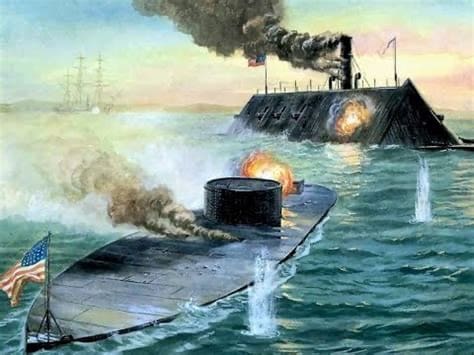
After a few hours, a freak occurrence ended the battle: a wayward shell from Virginia hit the pilothouse of the Monitor, exploding. Worden was temporarily blinded by the debris, which forced Monitor to draw back before the executive officer, Lieutenant Samuel Dana Greene, could take over command. While Monitor returned to the fray then, Virginia’s crew was under the impression that she had withdrawn entirely. Jones chose to take her back to Norfolk because of this, along with the fact that Virginia herself had suffered considerable damage. To find her opponent going away, Monitor returned to the scene, and Greene misinterpreted the move as a retreat.
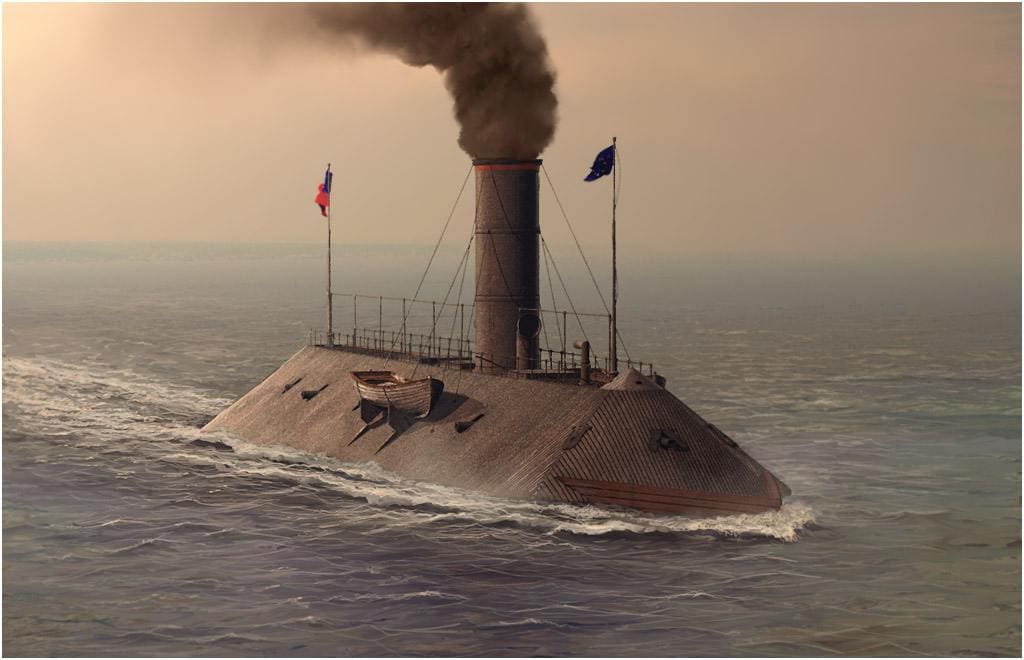
Virginia spent several weeks doing repairs to a dry dock. The blockade of the Union, meanwhile, was strengthened, with some new ironclads taking part. There was a standoff in which both the CSS Virginia captains and the USS Monitor refused to engage the other ship in action. The decision to leave Norfolk was made by Major General Benjamin Huger of the Confederacy on May 9, as it is now of limited strategic significance. Since Virginia was too big to travel upriver, she was intentionally sunk on her side to avoid causing her to be captured. The fate of the Monitor was different: she sank in a storm in December after being sent to North Carolina.

The fight, overall, was a draw. There were considerably more men and ships lost by the Union, but the vital blockade remained intact. The war of the Ironclads captured the attention of many other navies on a global scale. In particular, Russia, Britain, and France hurried to build ironclads, many of which were highly inspired by the USS Monitor in their designs. Rams were also used in several such ships. However, this innovation was something of a dead-end, as naval guns were sufficiently powerful by 1900 to make it almost impossible for close encounters between ships.
